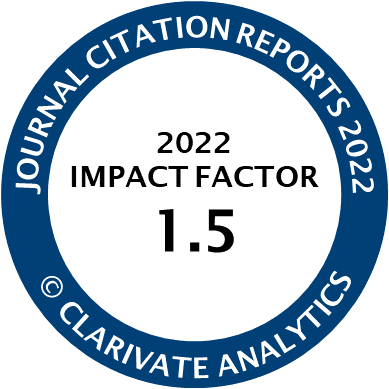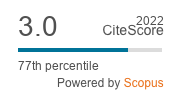Article | Open Access
The Noborder Movement: Interpersonal Struggle with Political Ideals
| Views: | 2885 | | | Downloads: | 1737 |
Abstract: Over the last decade, self-organized refugee protests in Europe have increased. One strand of activism in Europe, noborder, involves a transnational network of people who are heterogeneous with regards to legal status, race, or individual history of migration, but who share decolonial, anti-capitalist ideals that criticize the nation-state. Noborder activists embrace prefigurative strategies, which means enacting political ideals in their everyday life. This is why this article asks: How do noborder activists try to meet their political ideals in their everyday practices, and what effects do these intentions entail? Noborder practices take place at the intersection of self-organization as a reference to migrants’ legal status or identity, on the one hand, and self-organization as anti-hierarchical forms of anarchist-autonomous organization, on the other. On the basis of empirical findings of a multi-sited ethnography in Germany and Greece, this article conceptualizes that noborder creates a unique space for activists to meet in which people try to work productively through conflicts they see as being produced by a global system of inequalities. This demanding endeavor involves social pressure to self-reflect and to transform interpersonal relationships. Broader society could learn from such experiences to build more inclusive, heterogeneous communities.
Keywords: activism; asylum; everyday politics; noborder; prefiguration; protest; refugee protest; self-organization; social movements
Published:
© Leslie Gauditz. This is an open access article distributed under the terms of the Creative Commons Attribution 4.0 license (http://creativecommons.org/licenses/by/4.0), which permits any use, distribution, and reproduction of the work without further permission provided the original author(s) and source are credited.




